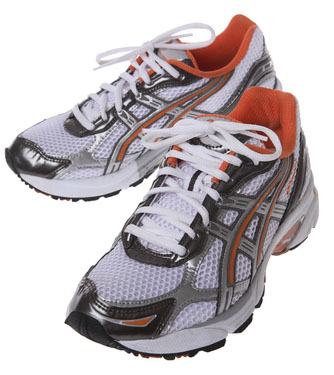Now Offering PinPointe Laser
Find out more
A totally non-invasive procedure for unsightly toe fungus.
Custom Rx Orthotic Supports
We use the latest technology to ensure the most comprehensive orthotic assessment possible.
Find out more
Sports Medicine
Running, jumping, pounding, and cutting from impact activities can cause injury in the legs and feet.
Find out more
Initial Assessment
Learn what to expect on your first appointment.
Find out more
Treatment for Foot Pain
Find out more
Painful feet can effect your quality of life. Let us help you get back to normal.
E-Gait Analysis Walkway™ System
Using our E-Gait Analysis Walkway™ System we can create truly custom orthotics, and can provide insight to better running and walking.
Find out more
Geriatric & Palliative (Regular) Foot Care
Years of wear and tear can be hard on our feet. So can disease, poor circulation, improperly trimmed toenails, and wearing shoes that don't fit properly. Problems with our feet can be the first sign of more serious medical conditions such as arthritis, diabetes, and nerve and circulatory disorders. By practicing good foot care, you can continue to stay healthy and active.
Healthy feet allow you to stay active - You lose strength when your feet are too sore to walk, leading to increased risk of falls. Walking is the perfect exercise to keep your weight down, prevent blood clots and keep your muscles and bones strong.
Routine or regular interval treatments designed to maintain healthy skin and nails in patients who are unable to care for their own feet.
Basic Foot Care Techniques
Many foot problems can be avoided using basic elderly foot care techniques:
- Check your feet every day - Don't wait until you have pain. Take a few minutes every day to look for swelling, redness, sores, cuts, blisters, bruises, ingrown or infected toenails. If bending is a problem, ask for help or use a mirror (even a long-handled one if necessary).
- Wash your feet every day - Use warm water. Don't soak your feet for longer than 10 minutes, or your skin will get dry and crack. Pat dry instead of rubbing and dry well between and under your toes.
- Care for calluses and trim toenails regularly - Cut nails straight across and never shorter than the end of your toe. Use a nail file for sharp edges. Use the pumice stone for calluses when your feet are still wet.
- Keep your feet soft and smooth - Use unscented cream on the top and bottom of your feet if the skin is cracked or dry.
- Wipe off excess cream and do not apply between toes - Use talcum powder if your feet are sweaty.
- Wear comfortable shoes and socks - Foot problems can be caused or worsened by shoes that don't fit properly, don't give enough support or don't have enough grip on the ground.
- Wear clean socks every day when wearing socks - They help keep feet dry.
- Avoid socks with ridges or elastic at the top - These can irritate or restrict circulation. Wear white socks when possible. If there is drainage from a cut or sore, it will be easier to see.

Schedule an Appointment
Tips for Proper Shoes
- Shake out your shoes before putting them on
- If possible, wear shoes at all times, indoors and out.
- Try to buy shoes with closed toes as they protect your feet from injury
- Buy shoes late in the day as feet tend to swell
- Have your shoes professionally fitted by a footwear specialist if possible
- Heel should be low, less than 5 centimetres
